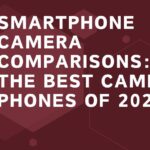
Samsung Galaxy Z Fold 3 vs. iPhone 13 Pro: The Future of Foldable Technology vs. Traditional Design
Introducing Samsung Galaxy Z Fold 3 vs. iPhone 13 Pro
As the smartphone market continues to evolve, foldable technology has emerged as a groundbreaking innovation, providing users with unique features and experiences. Samsung’s Galaxy Z Fold 3 and Apple’s iPhone 13 Pro are two prominent contenders in the premium smartphone segment, each showcasing different design philosophies and functionality. In this post, we’ll delve into a comprehensive comparison of the Galaxy Z Fold 3 and iPhone 13 Pro, exploring their designs, performance, camera capabilities, software experiences, and overall user value.
Design and Build Quality
Samsung Galaxy Z Fold 3: The Galaxy Z Fold 3 stands out with its foldable design, featuring a 7.6-inch Dynamic AMOLED 2X display when unfolded and a 6.2-inch cover display. The device employs a robust aluminum frame and Gorilla Glass Victus on both the cover and back for enhanced durability. It is also IPX8 water-resistant, a first for foldable phones, allowing for some protection against water immersion. The innovative hinge technology enables the phone to open and close seamlessly, creating a compact yet expansive screen experience.
iPhone 13 Pro: Apple’s iPhone 13 Pro boasts a more traditional smartphone design, featuring a 6.1-inch Super Retina XDR display with Ceramic Shield for improved durability. The iPhone is crafted from surgical-grade stainless steel and comes in four elegant finishes, showcasing Apple’s signature aesthetic. While it may not offer the novelty of a foldable display, the iPhone’s solid build quality and refined design make it an attractive option for users who prefer a classic smartphone look.
Design Verdict: The Galaxy Z Fold 3 wins in terms of innovation and versatility, offering a unique foldable experience. The iPhone 13 Pro excels in classic design and build quality, appealing to users who prioritize a traditional smartphone form factor.
Display Performance
Samsung Galaxy Z Fold 3: The Galaxy Z Fold 3 features a stunning 7.6-inch QXGA+ AMOLED display with a 120Hz refresh rate, providing smooth scrolling and vibrant colors. The cover display also offers a 120Hz refresh rate, ensuring a consistent experience when switching between screens. The expansive display allows for multitasking capabilities, enabling users to run three apps simultaneously and providing an immersive experience for gaming and media consumption.
iPhone 13 Pro: The iPhone 13 Pro sports a 6.1-inch Super Retina XDR display, also with a 120Hz ProMotion refresh rate. Apple’s display technology delivers exceptional color accuracy, brightness, and HDR performance, making it ideal for watching videos and viewing photos. The iPhone’s display is praised for its outdoor visibility, thanks to a peak brightness of 1,000 nits, and up to 1,500 nits for HDR content.
Display Verdict: While both displays are impressive, the Galaxy Z Fold 3 offers a larger, versatile screen with multitasking capabilities, making it more suited for productivity. The iPhone 13 Pro excels in color accuracy and outdoor performance, appealing to users who prioritize visual quality.
Performance and Software Experience
Samsung Galaxy Z Fold 3: Powered by the Qualcomm Snapdragon 888 processor, the Galaxy Z Fold 3 ensures fast performance across tasks. With 12GB of RAM, the device handles multitasking effortlessly, allowing users to switch between apps smoothly. Samsung’s One UI offers a customizable interface that takes advantage of the foldable display, with features like taskbar support for enhanced productivity.
iPhone 13 Pro: The iPhone 13 Pro is equipped with Apple’s A15 Bionic chip, known for its unparalleled performance and energy efficiency. With 6GB of RAM, the iPhone delivers fast app launches and smooth transitions. Apple’s iOS ecosystem is known for its fluidity and optimization, providing a user-friendly experience. The seamless integration of hardware and software allows the iPhone to excel in gaming, video editing, and resource-intensive applications.
Performance Verdict: Both devices offer exceptional performance, but the iPhone 13 Pro’s A15 chip is recognized for its efficiency and speed. The Galaxy Z Fold 3 provides a customizable software experience tailored for multitasking, making it appealing for productivity-focused users.
Camera Capabilities
Samsung Galaxy Z Fold 3: The Galaxy Z Fold 3 features a versatile triple-camera setup, including a 12 MP ultra-wide, 12 MP wide, and 12 MP telephoto lens, with up to 3x optical zoom. The camera performs admirably in various lighting conditions, delivering detailed and vibrant images. The device also supports 4K video recording and features like Director’s View, which allows users to preview and switch between multiple camera views while filming.
iPhone 13 Pro: The iPhone 13 Pro boasts a triple-camera system with a 12 MP ultra-wide, wide, and telephoto lens, featuring Night Mode on all lenses and ProRAW capabilities. The device excels in low-light photography, capturing stunning images with natural colors and impressive detail. With ProRes video recording support, the iPhone 13 Pro offers advanced video editing capabilities, making it a favorite among content creators.
Camera Verdict: The iPhone 13 Pro stands out for its superior low-light performance and ProRAW capabilities, making it an excellent choice for photographers. The Galaxy Z Fold 3 offers versatile shooting options and innovative features for videographers, making it an appealing option for those who value creative video capabilities.
Battery Life and Charging
Samsung Galaxy Z Fold 3: The Galaxy Z Fold 3 is equipped with a 4,400 mAh battery, providing all-day battery life under moderate usage. The device supports 25W wired charging and 15W wireless charging, along with 10W reverse wireless charging for added convenience. While the battery may drain faster when using the larger display and multitasking features, it is optimized for daily use.
iPhone 13 Pro: The iPhone 13 Pro features a 3,095 mAh battery, optimized for performance and efficiency thanks to the A15 Bionic chip. The device supports 20W wired charging and 15W MagSafe wireless charging, delivering quick charging capabilities. Users can expect excellent battery life, typically lasting through a full day of heavy usage.
Battery Verdict: While the Galaxy Z Fold 3 has a larger battery, the iPhone 13 Pro’s efficiency allows it to last longer in typical usage scenarios. Both devices offer fast charging options, but users seeking longevity may prefer the iPhone’s optimization.
Conclusion
Which Phone Should You Choose?
The decision between the Samsung Galaxy Z Fold 3 and iPhone 13 Pro ultimately depends on your priorities and preferences:
Choose the Samsung Galaxy Z Fold 3 if you value a unique foldable design, multitasking capabilities, and a large display for productivity. Its innovative features are ideal for users who want to embrace the latest technology and enjoy a versatile smartphone experience.
Choose the iPhone 13 Pro if you prefer a classic smartphone design with superior camera performance, efficient software, and a cohesive ecosystem. Its renowned performance and photography capabilities make it an excellent choice for content creators and those who appreciate a seamless user experience.
Both devices offer cutting-edge technology and performance, ensuring that users can find a smartphone that suits their lifestyle and needs.

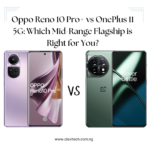
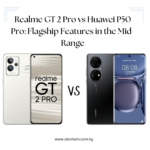
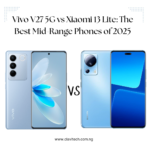
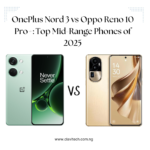
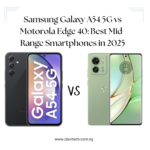
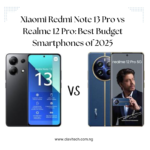
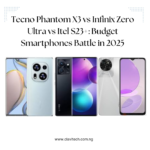
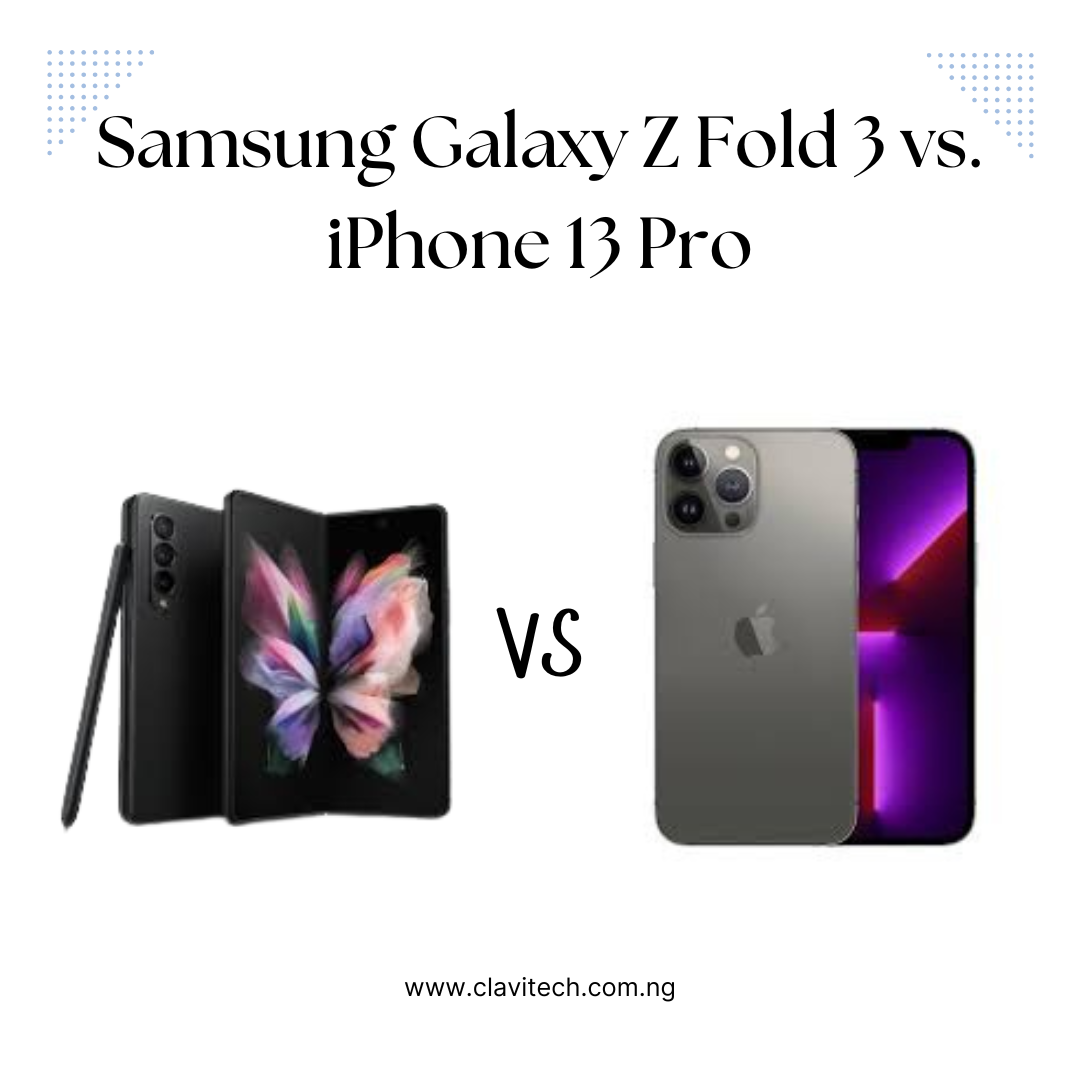
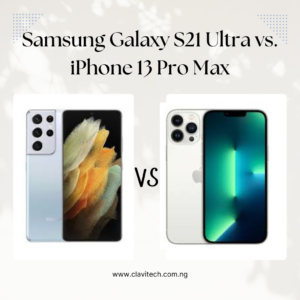
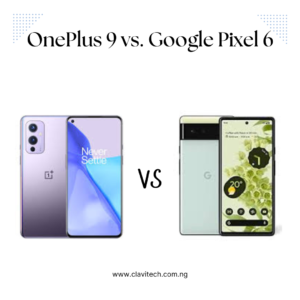
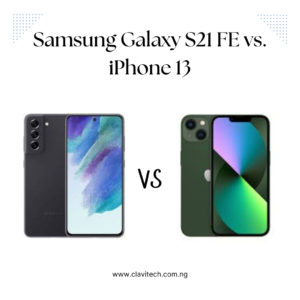
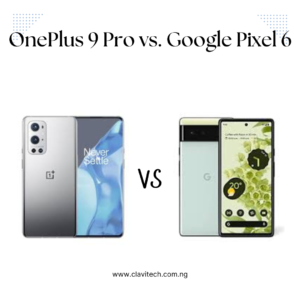
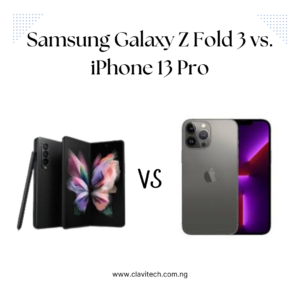
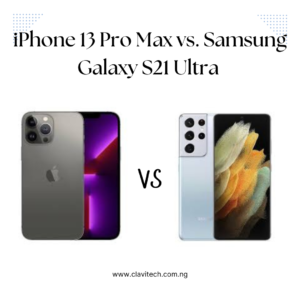
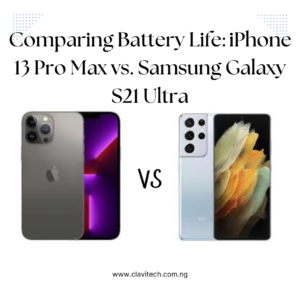
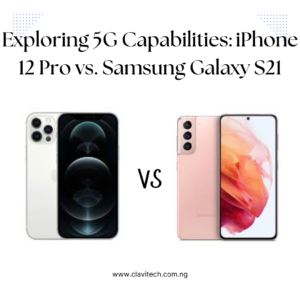
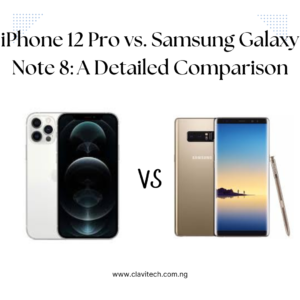
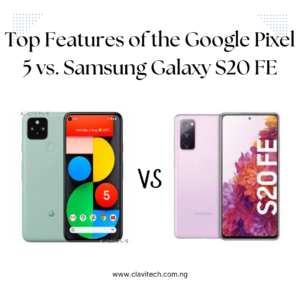
Post Comment